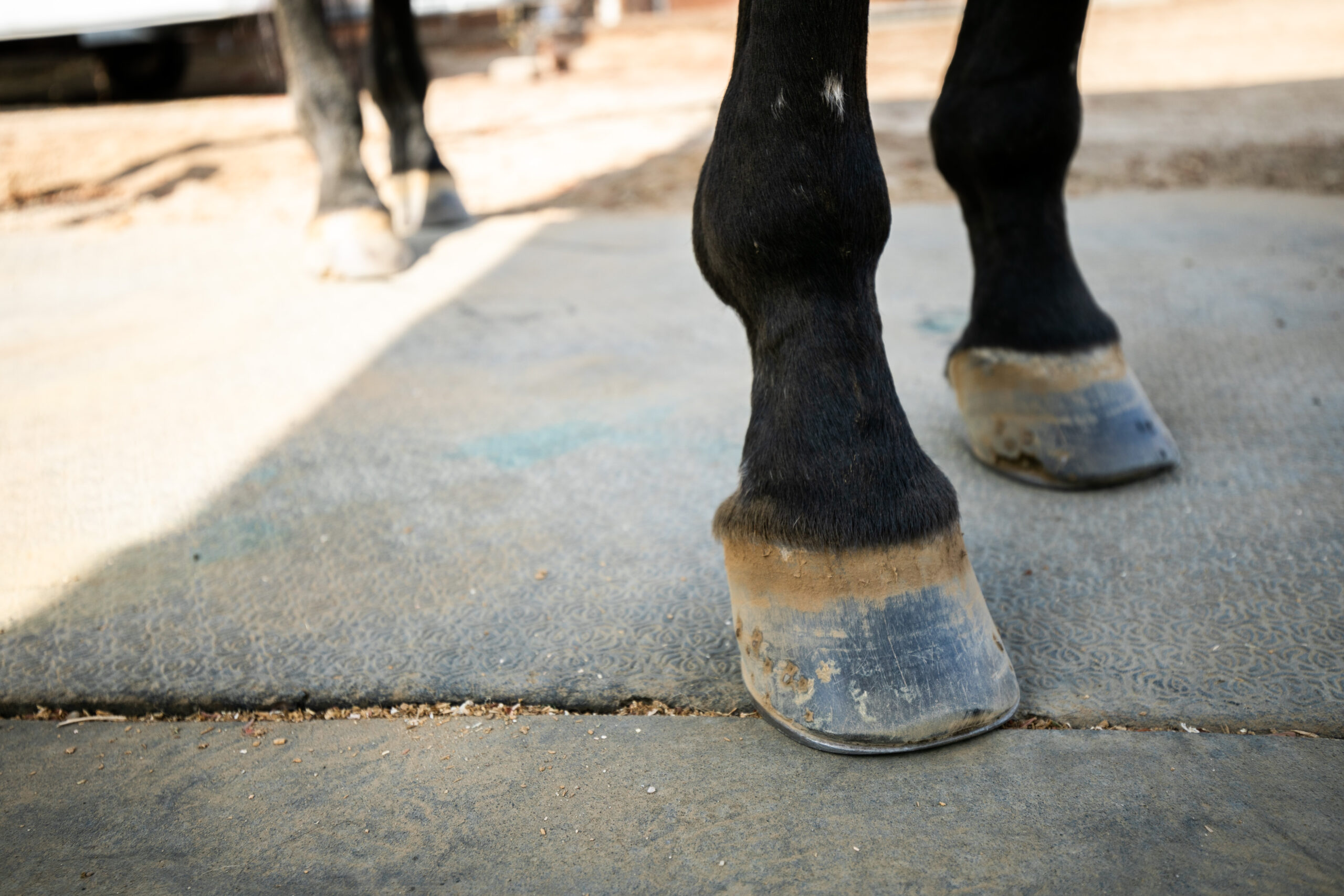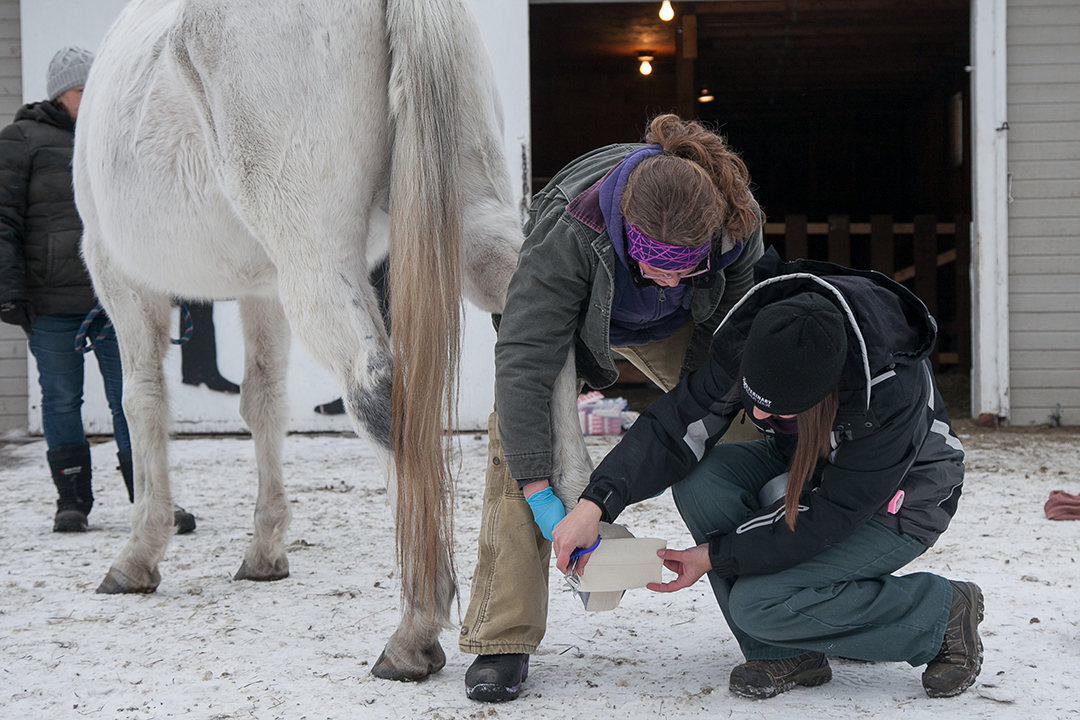
How to Prevent Hoof Abscess: Shocking Tips for Pet Owners?
Share
As a health-conscious pet owner, you're likely concerned about your beloved companion's well-being. One of the most significant issues that can affect your horse or other hoofed animals is a hoof abscess. This painful condition can lead to severe discomfort and, if not addressed, can result in long-term health issues. In this article, we will cover how to prevent hoof abscess, including tips, early signs to watch for, and the necessary care your horse needs to stay healthy.
Before getting into the preventive measures, it is essential to understand what a hoof abscess is. A hoof abscess occurs when bacteria invade the hoof, causing a pocket of pus to form. This typically happens due to an injury or a reaction to environmental factors. Knowing how to prevent this condition will not only save your pet from pain but will also save you from incurring hefty veterinary costs.

Understanding the Causes of Hoof Abscesses
Understanding what leads to hoof abscesses is crucial for effective prevention. Here are some common causes:
- Inadequate hoof care: Regular trimming and maintenance can keep hooves healthy.
- Injury or trauma: Cuts or cracks can allow bacteria to enter.
- Environmental factors: Wet or muddy conditions increase the risk of infections.
Essential Practices: How to Prevent Hoof Abscess
Now that you're aware of the causes, let's delve into the practices that will help you prevent hoof abscess.
Regular Hoof Care
It cannot be stressed enough how important it is to schedule regular visits with a professional farrier. Proper hoof trims ensure that the hooves do not develop cracks or uneven growth, which can lead to injuries.
Moreover, cleaning the hooves regularly helps remove dirt and debris that can harbor bacteria. You can read more about wrapping hoof abscess and maintaining hoof hygiene.
Monitor Your Horse's Environment
Keeping your horse in a clean, dry environment is vital. Muddy conditions can soften the hoof, making it easier for bacteria to invade. It's beneficial to have a stable area that remains dry, as this helps to minimize the risk of infection.
Nutrition Matters
Another critical aspect of hoof health lies in nutrition. Ensure your horse is receiving a balanced diet rich in vitamins and minerals, particularly biotin, zinc, and copper, which promote hoof growth and strength.
Watch for Early Signs of Trouble
Being vigilant about your horse's behavior is crucial. If your horse starts showing signs of lameness or discomfort, it may indicate a developing hoof abscess. Immediate attention can prevent more severe complications. For treatment details, see treatment at home methods.
What To Do If You Suspect Hoof Abscess
If you suspect that your horse has a hoof abscess, do not hesitate to consult a veterinarian. Some common practices for immediate care include:
- Keep the hoof warm and clean.
- Soak the hoof in warm water to draw out the infection.
- Do not apply hard pressure; let your vet handle the situation.
For a detailed overview of symptoms and treatment options, take a look at this PetMD article.

FAQs
1. How can I tell if my horse has a hoof abscess?
Look for signs like lameness, heat in the hoof, and sensitivity when touched. If these signs are evident, consult your vet.
2. Can hoof abscesses occur without any visible injury?
Yes, hoof abscesses can occur due to environmental factors like wet conditions, even without noticeable injuries.
3. How often should I inspect my horse's hooves?
It's recommended to inspect hooves daily, especially if the weather conditions are wet or muddy.
As an Amazon Associate, I earn from qualifying purchases.
